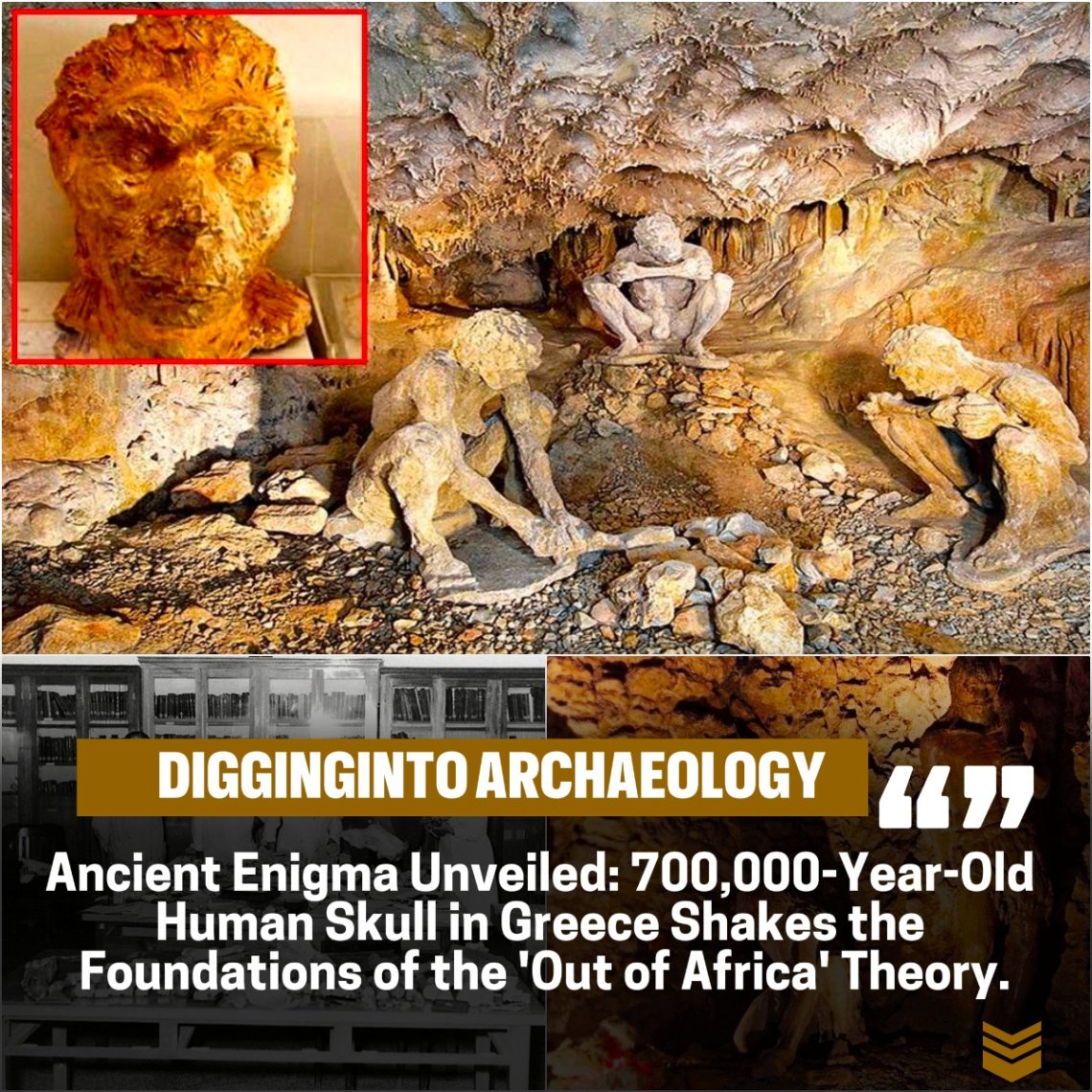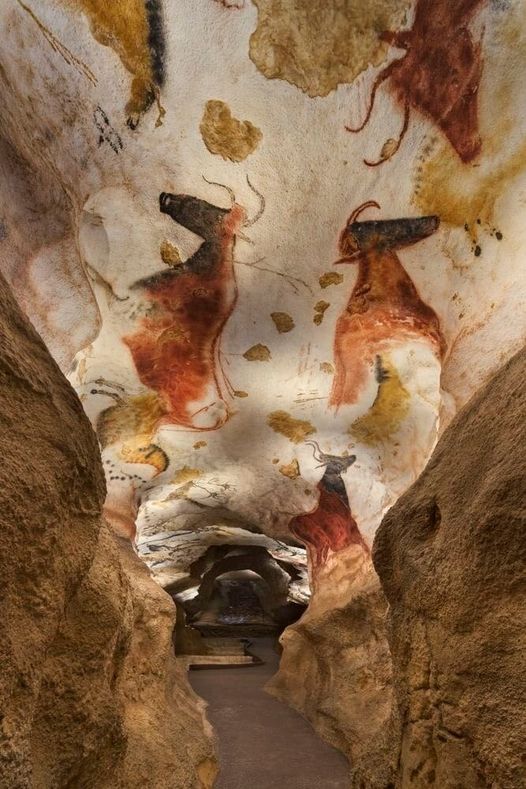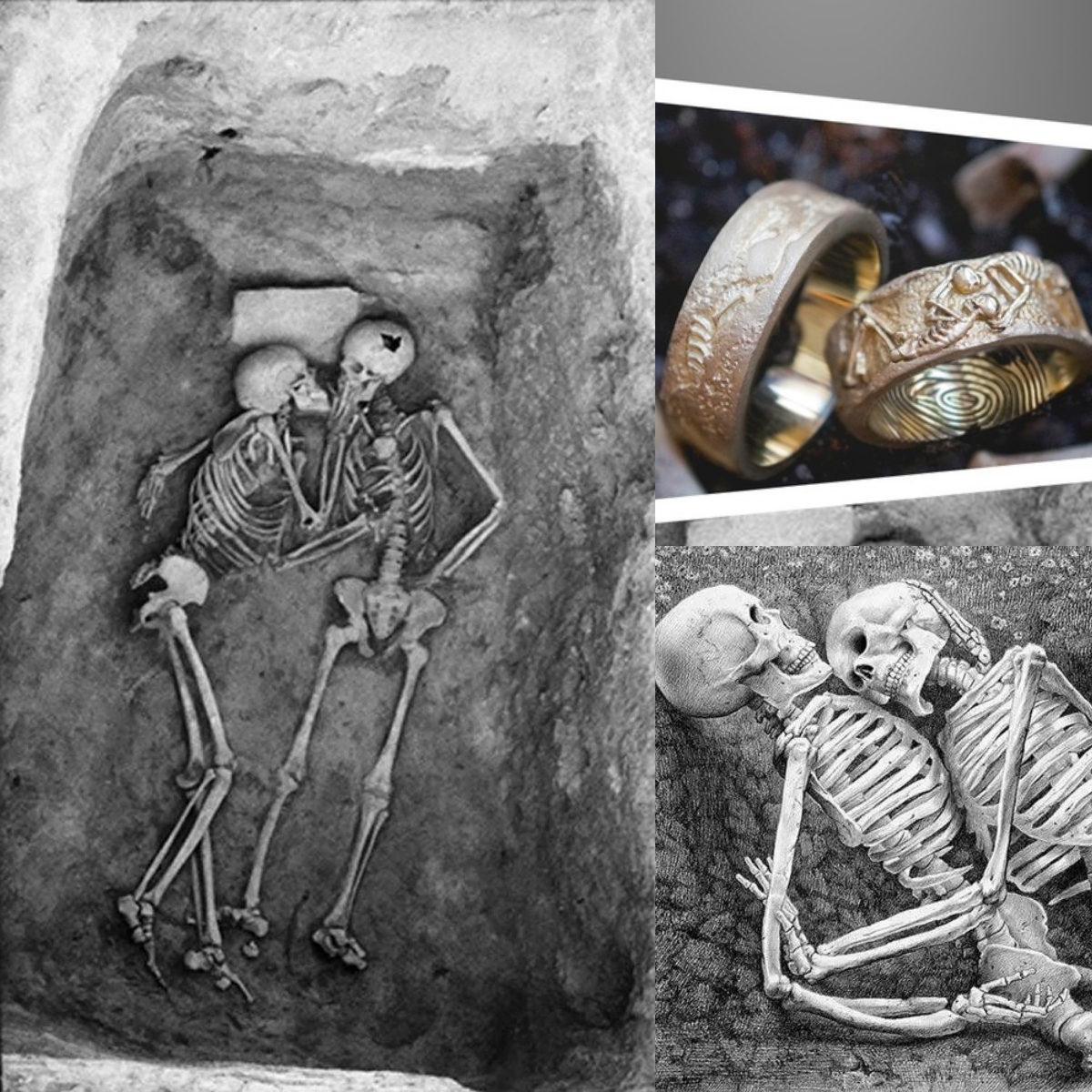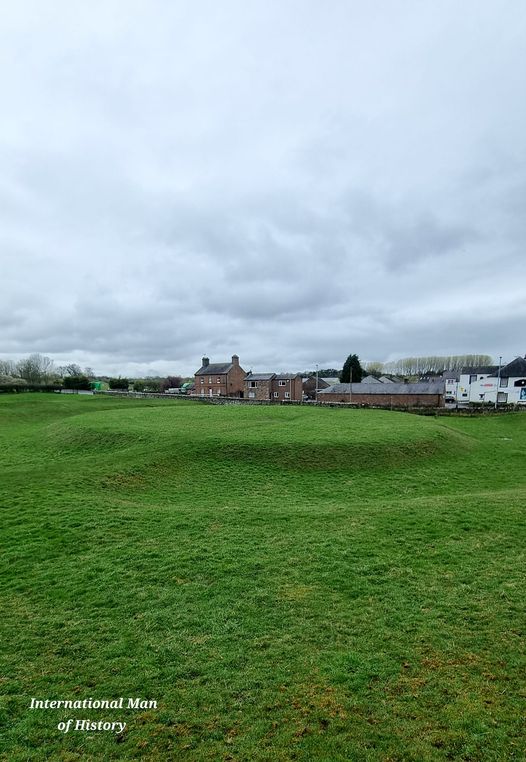In the heart of ancient Aphrodisias, nestled in the southwestern terrain of Turkey, lies the majestic remnants of the Sebasteion—a grand temple complex unveiled to the modern world in 1979 after centuries of slumber beneath the earth. This architectural marvel was dedicated to the Julio-Claudian emperors, a dynasty that heralded the inception of the Roman Empire and shaped the course of history.
The Sebasteion, or Augusteum, as it might have been known to the ancients, stood as a testament to the divine status of the emperors and the might of the Roman state. The temple complex was constructed in the first century CE, during a time when the cult of the emperor was at its zenith. Each corner of this grand edifice was festooned with a rich sculptural program, meticulously crafted to narrate the glory of the emperors and the mythological parallels that elevated them among the gods.

The surviving sculptures, a fraction of the original splendor, offer a glimpse into the past, showcasing a plethora of gods, heroes, and imperial figures carved with such delicacy that they seem to whisper stories of power, divinity, and human endeavors across the millennia. These sculptures not only embody the artistic finesse of the era but also serve as historical documents, capturing the nuances of imperial propaganda and religious syncretism.

The upper image in the provided photograph captures the Sebasteion in its current state—a somber echo of its former glory. The once-majestic façade now stands pitted against the ravages of time, with columns that reach towards the heavens but hold up only the sky. The lower image is a vibrant reconstruction, reimagining the complex in its heyday: an explosion of color and life, with intricate friezes and statues adorned in hues that time has since stolen away.
This temple complex is not merely an archaeological curiosity; it is a bridge between the past and present, inviting us to ponder the grandiosity with which the ancients revered their leaders. As we walk the same stones that once bore the weight of pilgrims and emperors alike, we can almost hear the faint echoes of ceremonial chants and the clamor of a civilization that sought to immortalize their rulers in stone and story.

As excavations and restorations continue, each stone unearthed from the ruins of the Sebasteion promises to reveal more about the religious and political life of ancient Aphrodisias. It beckons historians and tourists alike to delve deeper into its narrative—a narrative that has survived conquests, earthquakes, and centuries of oblivion, to tell the tale of a dynasty that once ruled the known world. The Sebasteion remains a symbol of the intricate ties between divinity and power, an enduring legacy of the Julio-Claudian dynasty that continues to captivate the imagination of the world.










